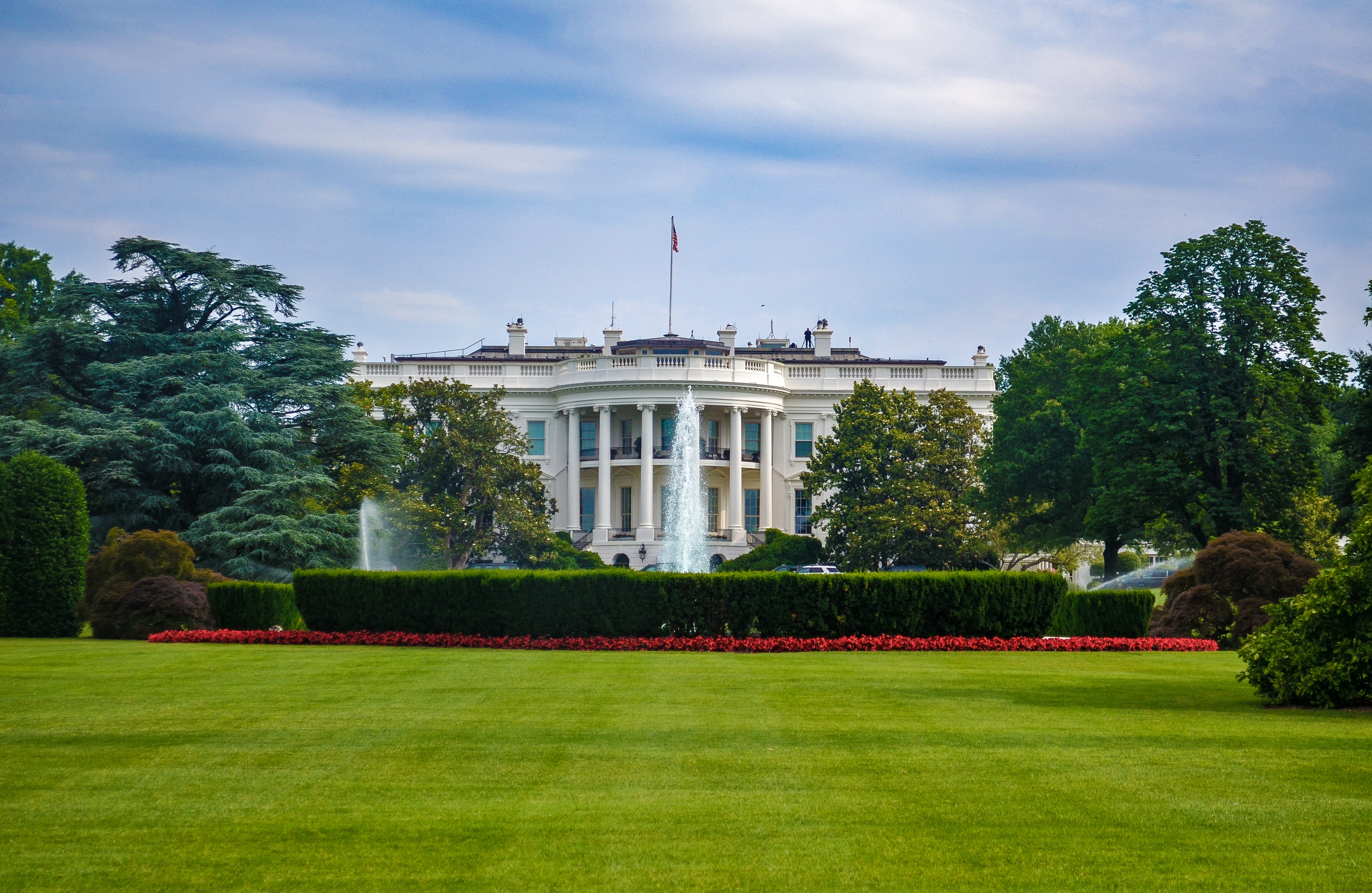White House Hosts School Districts Large and Small at Event Unveiling New K-12 Cybersecurity Initiative
The new White House initiative aims to bolster cybersecurity in the nation’s schools

First Lady Jill Biden, Secretary of Education Miguel Cardona, and Secretary of Homeland Security Alejandro Mayorkas recently hosted a White House event to highlight a new initiative to bolster cybersecurity in the nation’s schools. They were joined by representatives of government agencies, including the Cybersecurity and Infrastructure Security Agency (CISA), FCC, and the FBI, as well as tech companies, national organizations such as the State Educational Technology Directors Association (SETDA), and school districts large and small.
Among those in attendance was Frank Pileiro, tech director for the Public Schools of Linwood, New Jersey, a smaller district with roughly 830 students pre-K through eighth grade. "I was really honored. I received a 'save the date' email from Erin Mote of Project Unicorn and InnovateEDU. The official invitation from the First Lady came a few days later. I was surprised to be invited -- I’m sure they wanted to have representation from different sized districts,” says Pileiro. “In total, there were about 200 people in the East Room. Including myself, there were only 15 tech directors and CIOs from around the country.”
Coordinating Cybersecurity Efforts
The administration’s new cybersecurity initiative includes a proposed three-year pilot program providing up to $200 million to strengthen cyber defenses in K-12 schools and libraries, and the establishment by the U.S. Department of Education of a Government Coordinating Council (GCC) that will coordinate cybersecurity activities, policy, and communications among a broad array of federal, state, local, tribal, and territorial education leaders. According to a White House statement, the GCC aims to foster formal, ongoing collaboration between all levels of government and the education sector in “preparing for, responding to, and recovering from cybersecurity attacks.”
Pileiro welcomes this coordinating initiative, citing the many government agencies and departments that can come into play in response to cyber security threats. “There's just so many layers,” he says. “They need something to coordinate all that, to help them with intelligence and getting information out to us, which they're really good about. CISA sends out bulletins. They will even go so far that if they see a trend happening, they will pick up the phone and call you, which I think is terrific.”
Working with the Department of Education, CISA has also released the second in a series of guidance documents to assist educational leaders in building and sustaining core digital infrastructure for learning.
Cybersecurity Threats Exist For Every School District, No Matter the Size
Other activities were held in conjunction with the White House event.
“Edtech companies convened there the day before the event,” says Pileiro. “And many of them took a pledge called Secure by Design, which is a cybersecurity pledge that encourages the solution-providers to prioritize cyber security in their products and their practices to reduce the burden on the K to 12 districts.”
Tools and ideas to transform education. Sign up below.
The event also included breakout panels, during which attendees could share information and gain insights from peers.
“Being in the room was just great, being able to meet people from everywhere. It makes me proud to just be part of the conversation and to be able to take what I've learned back to my school district and share it with my colleagues,” says Pileiro. “I think collaboration and what they're saying at the federal level is very encouraging because they want to collaborate, they want to see what's happening and they want to provide help.”
Other concrete takeaways from the event that Pileiro cites include the availability of free training from edtech companies, guidebooks and best practices from Google and others, and $20 million in grants from Amazon Web Services for K-to-12 cyber security.
“So the one thing that I took away, especially, is we all have the same problems, just at different scales,” says Pileiro. “And I was really happy to see that the federal government is taking some action, because [the threat] is ever present and it's growing.”
Jon McGoran is an author, magazine writer, and freelance editor. He lives outside Philadelphia.
